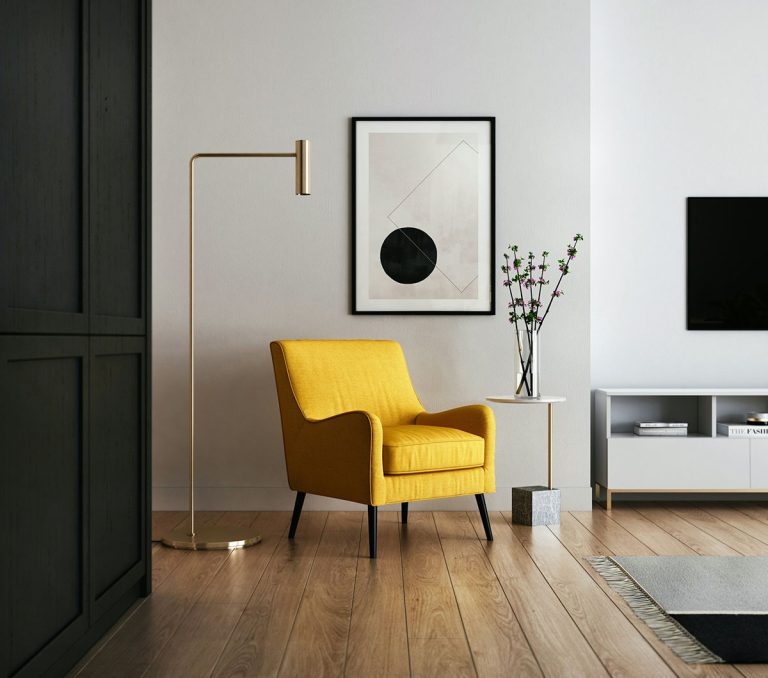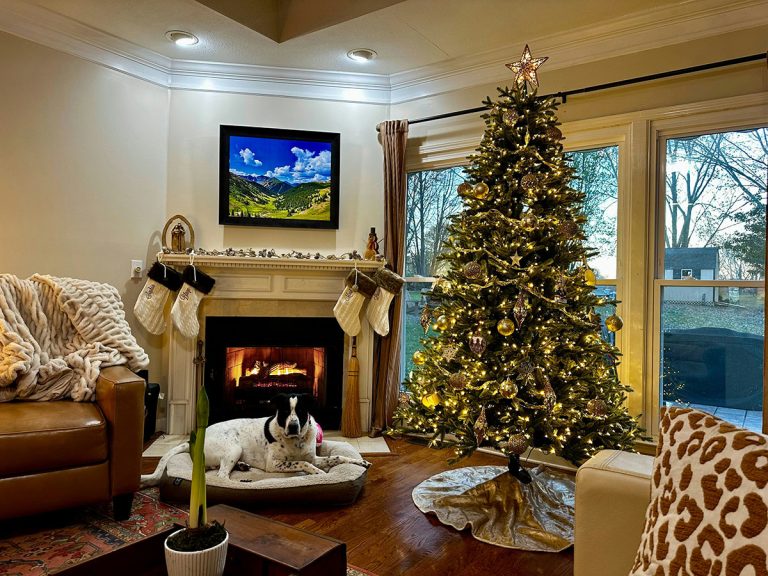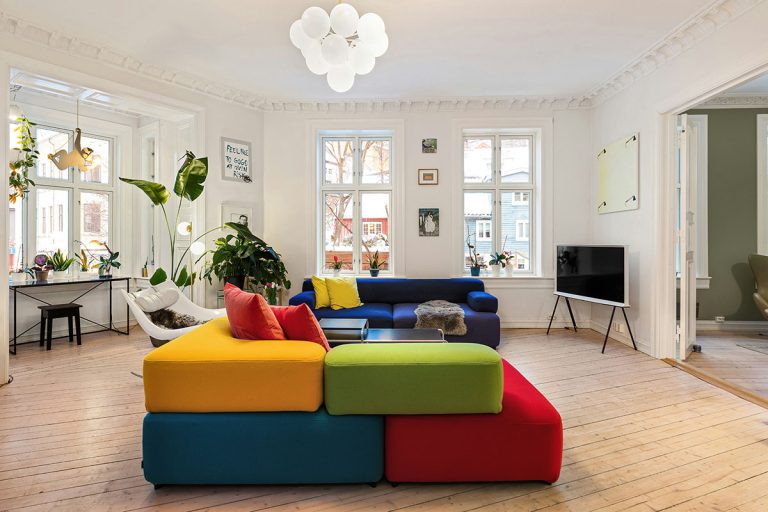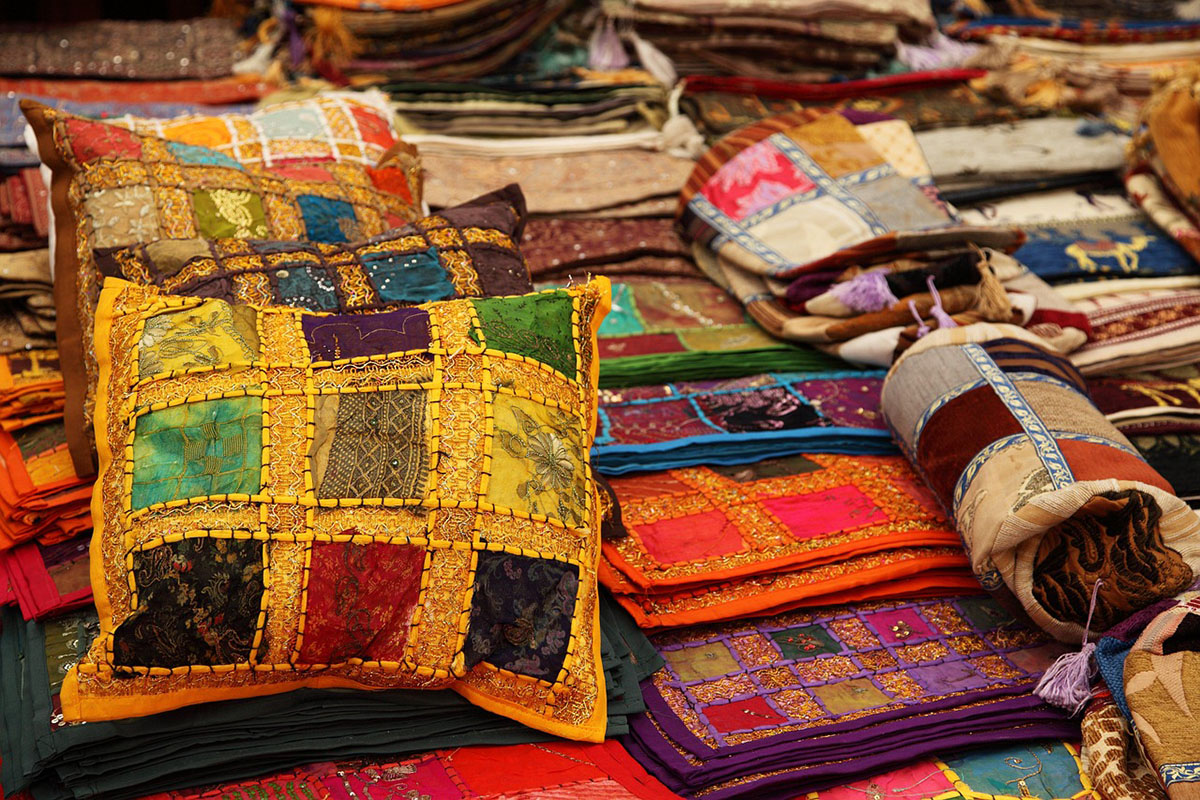
The textile innovations that first captivate fashion week audiences inevitably find their way into the most sophisticated interior design projects, creating a fascinating pipeline from runway experiments to residential luxury. What begins as a couture designer’s exploration of new weaving techniques or innovative material combinations eventually transforms living spaces around the world, bringing the same tactile luxury and visual sophistication that defines haute couture into everyday environments.
This cross-pollination between fashion and interior textiles has accelerated dramatically in recent years, driven by luxury consumers who demand the same level of craftsmanship and innovation in their homes as they expect from their designer wardrobes. Interior designers now monitor fashion weeks as closely as fabric trade shows, seeking inspiration from the textile innovations that will define tomorrow’s most coveted home furnishings.
Revolutionary Weaving Techniques Transforming Interiors
Three-Dimensional Textile Construction
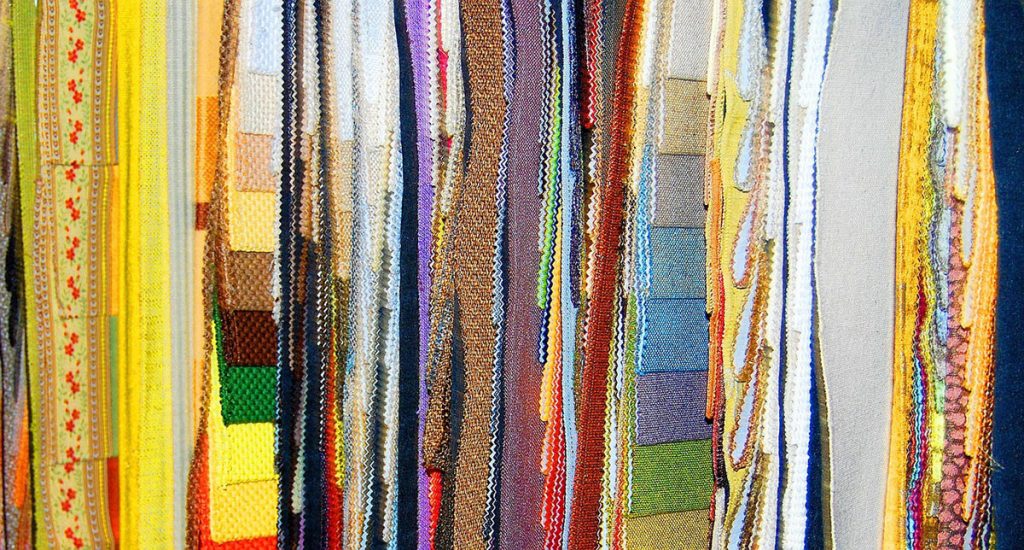
Haute couture’s embrace of sculptural fabric construction has revolutionized upholstery design, introducing three-dimensional weaving techniques that create furniture textiles with architectural presence. These innovative constructions, pioneered by fashion houses like Issey Miyake and Comme des Garçons, produce fabrics that maintain structural integrity while offering unprecedented visual and tactile interest.
Interior applications include dining chair upholstery that features raised geometric patterns, creating visual texture that photographs beautifully while providing practical durability for high-use furniture. These dimensional fabrics work particularly well in contemporary spaces where traditional pattern might feel outdated, offering sophisticated texture without relying on color or print for visual impact.
Laser-Cut Precision Detailing
Fashion’s adoption of laser-cutting technology for creating intricate fabric details has inspired interior textile applications featuring precision-cut patterns that would be impossible to achieve through traditional manufacturing methods. These techniques allow for incredibly detailed geometric cutouts, creating fabrics that play with light and shadow in architectural ways.
Window treatments benefit particularly from laser-cut precision, creating custom patterns that filter light while maintaining privacy. The same technology that creates delicate lace-like details in couture gowns now produces architectural window films and room dividers that serve functional purposes while creating stunning visual effects.
Smart Fiber Integration
Couture fashion’s experimentation with technology-enhanced fibers translates into home textiles featuring temperature regulation, color-changing properties, and responsive textures that adapt to environmental conditions. These smart textiles represent the cutting edge of both fashion and interior innovation, offering practical benefits wrapped in luxury aesthetics.
Temperature-regulating bed linens utilize the same fiber technology that keeps haute couture models comfortable under hot runway lights, while color-changing accent pillows respond to room temperature or lighting conditions, creating dynamic interior elements that evolve throughout the day.
Luxury Material Innovation and Application
Sustainable Luxury Fiber Development
Fashion’s push toward sustainable luxury has accelerated the development of innovative eco-friendly fibers that maintain the tactile quality and visual appeal of traditional luxury materials. These developments benefit interior design through access to sustainable textiles that don’t compromise on the sophistication that high-end residential projects demand.
Recycled cashmere blends offer the same softness and temperature regulation as virgin fibers while supporting environmental responsibility. Peace silk alternatives provide luxury sheen and drape without ethical concerns, creating upholstery and drapery options that align with contemporary values without sacrificing aesthetic quality.
Metallic Thread Integration
Couture fashion’s sophisticated use of metallic threads creates textiles that catch and reflect light in subtle, luxurious ways rather than obvious shine. Interior applications utilize these same techniques to create fabrics that add glamour without overwhelming residential spaces with excessive sparkle.
Upholstery fabrics featuring subtle metallic threads create furniture pieces that change appearance throughout the day as natural light shifts, adding dynamic visual interest to static furniture pieces. These metallics work particularly well in evening entertainment spaces where artificial lighting enhances their reflective properties.
Exotic Fiber Exploration
Fashion designers’ exploration of unusual natural fibers like yak wool, alpaca silk blends, and sea silk has expanded the palette of luxury materials available for interior applications. These exotic fibers offer unique tactile experiences and performance characteristics that differentiate high-end interior projects from mainstream design.
Yak wool’s natural stain resistance and durability make it excellent for high-traffic area rugs, while its unusual texture provides tactile interest that invites touch. Alpaca silk blends offer temperature regulation and natural sheen that work beautifully for luxury bedding and drapery applications.
Color and Pattern Innovation Translation
Ombré and Gradient Techniques
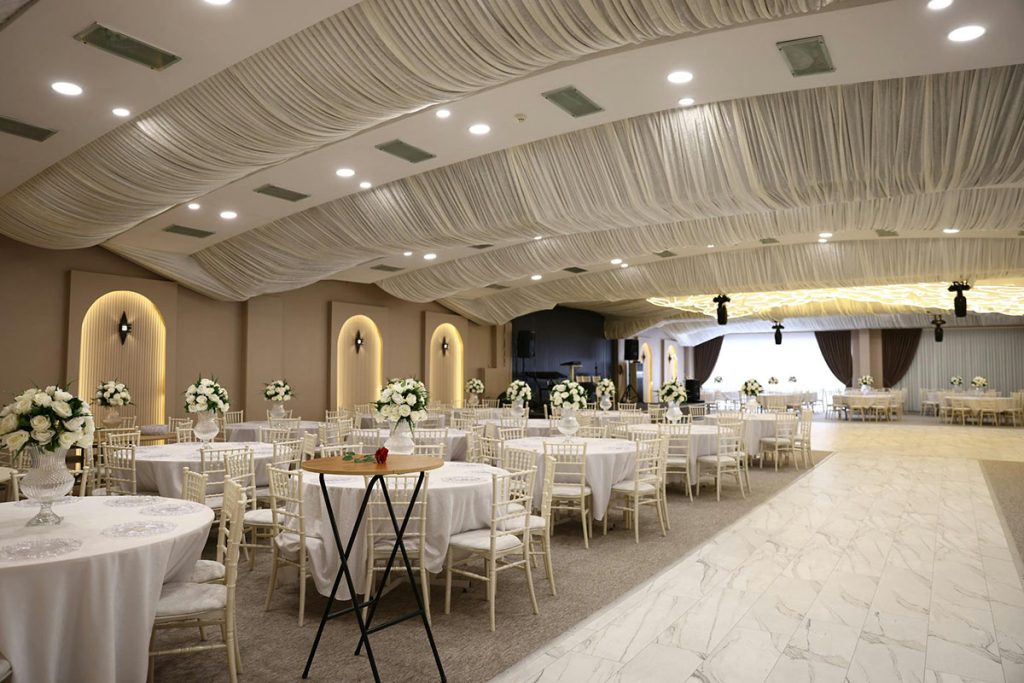
Fashion’s sophisticated approach to color gradation has inspired interior textiles featuring seamless color transitions that create visual movement and depth impossible to achieve through traditional dyeing methods. These techniques, perfected in couture ateliers, now create stunning interior focal points through gradient drapery and upholstery.
Ombré window treatments provide privacy while creating beautiful light filtration effects as natural daylight interacts with graduated color intensity. The same dyeing techniques that create breathtaking evening gowns now produce area rugs that anchor spaces with sophisticated color transitions rather than obvious pattern repetition.
Digital Print Technology
High-fashion’s adoption of advanced digital printing allows for photographic-quality images and incredibly detailed patterns that translate beautifully into large-scale interior applications. This technology enables custom wallpapers and upholstery featuring artistic prints that rival fine art in their complexity and detail.
Custom digital printing allows interior designers to create unique textiles that reflect clients’ personal collections or aesthetic preferences, bringing the same level of personalization that haute couture offers to interior environments. These custom prints can incorporate family photographs, artwork, or landscape imagery in sophisticated ways that feel artistic rather than obviously personal.
Abstract Artistic Interpretation
Fashion designers’ collaboration with contemporary artists has resulted in textile prints that blur the line between fabric and fine art. These artistic textiles bring gallery-worthy sophistication into residential spaces through upholstery, wall coverings, and textile art installations that serve decorative and functional purposes simultaneously.
Large-scale artistic prints work particularly well as upholstered headboards or accent wall treatments, creating focal points that demonstrate sophisticated aesthetic appreciation while serving practical interior design functions.
Technical Performance Meeting Aesthetic Excellence
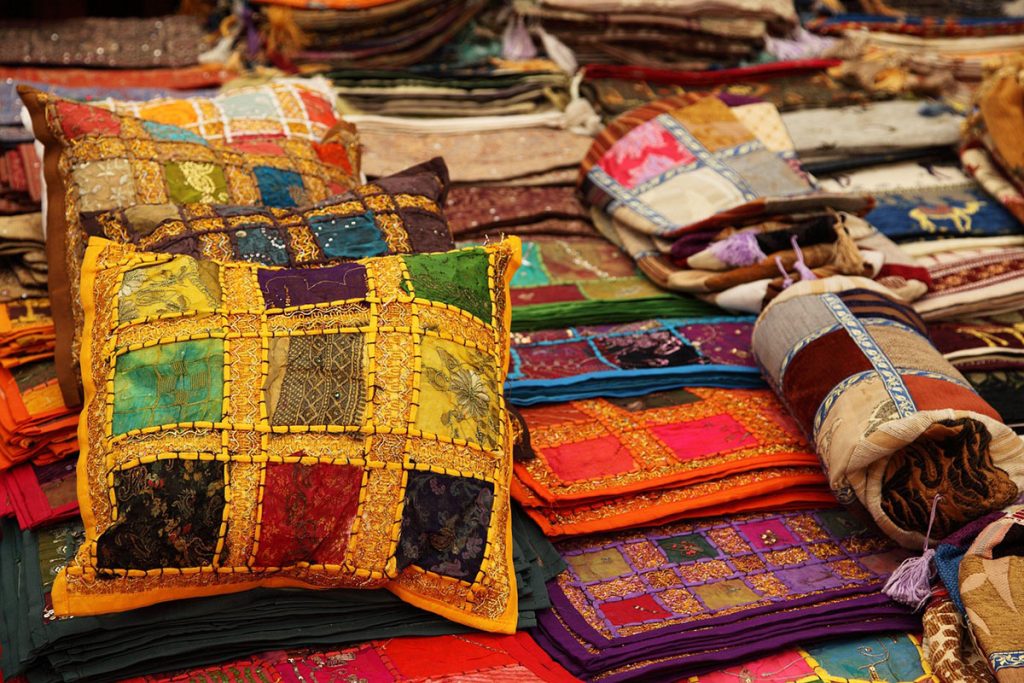
Stain-Resistant Luxury Treatments
Haute couture’s need for fabrics that maintain perfect appearance under intense scrutiny has driven development of invisible protective treatments that preserve textile beauty while providing practical performance benefits. These treatments now benefit residential textiles that must balance luxury aesthetics with daily living demands.
Advanced stain-resistant treatments work at the molecular level to repel liquids without affecting fabric hand or appearance, allowing luxury textiles to maintain their sophisticated appeal while surviving real-world use in family environments. These treatments make previously impractical fabrics viable for high-use applications like dining chair upholstery or family room seating.
Fade-Resistant Color Technology
Fashion’s requirement for color fastness under various lighting conditions translates into interior textiles that maintain their color integrity despite constant sun exposure or artificial lighting. This technology ensures that expensive textile investments continue looking fresh years after installation.
UV-resistant dye technology, originally developed for outdoor fashion applications, now protects interior textiles from fading in sun-filled rooms, making previously unsuitable fabrics viable for spaces with significant natural light exposure.
Easy-Care Luxury Maintenance
Couture fashion’s development of luxury fabrics that withstand professional cleaning processes has inspired interior textiles that maintain their appearance through residential care routines. These developments make luxury interior textiles more practical for everyday living while preserving their sophisticated appeal.
Machine-washable silk blends and steam-cleanable wool alternatives provide luxury aesthetics with practical care requirements that busy homeowners can manage without professional services, democratizing luxury textile access while maintaining performance standards.
Future Trends and Innovation Pipeline
Biomaterial Integration
Fashion’s exploration of lab-grown materials like biofabricated leather and mushroom-based textiles promises future interior applications that combine luxury aesthetics with radical sustainability. These materials represent the cutting edge of both fashion and interior innovation.
Lab-grown silk alternatives offer the same lustrous appeal as traditional silk while addressing ethical and environmental concerns, creating interior textiles that support contemporary values without aesthetic compromise.
Interactive Textile Technology
Smart textiles that respond to touch, temperature, or other environmental factors represent the future convergence of fashion innovation and interior functionality. These developing technologies will create interior elements that adapt to user needs while maintaining sophisticated aesthetic appeal.
Temperature-responsive fabrics could create climate-controlled seating areas, while pressure-sensitive textiles might adjust firmness based on user preferences, bringing personalized comfort technology from fashion innovation into residential applications.
Nano-Technology Enhancement
Textile treatments at the nanoscale promise fabrics with previously impossible combinations of properties – simultaneously breathable and waterproof, or antibacterial and ultra-soft. These developments will create interior textiles with performance characteristics that exceed traditional material limitations.
Self-cleaning fabrics utilizing nano-technology could revolutionize upholstery maintenance, while antibacterial treatments provide health benefits without affecting textile aesthetics or comfort, representing the ultimate convergence of fashion innovation and practical interior application.
Frequently Asked Questions
Q: How do I incorporate haute couture textile trends without overwhelming my space?
A: Start with one statement piece like an accent chair or custom pillows featuring innovative fabrics, then build around it with simpler, complementary textiles.
Q: Are designer fabric trends practical for homes with children and pets?
A: Many couture-inspired fabrics now feature advanced stain resistance and durability treatments, making luxury aesthetics compatible with family living requirements.
Q: How much should I expect to invest in designer fabric trends for my home?
A: Focus budget on high-impact pieces like upholstered furniture or custom window treatments, using trend-inspired accessories for broader aesthetic integration.
Q: Can I mix different textile innovations in the same room?
A: Yes, but limit yourself to 2-3 innovative textile elements per room and ensure they share common color or aesthetic themes for cohesion.
Q: How do I care for innovative textiles to maintain their special properties?
A: Follow manufacturer guidelines carefully, as many innovative treatments require specific care routines to preserve their performance characteristics and appearance.
